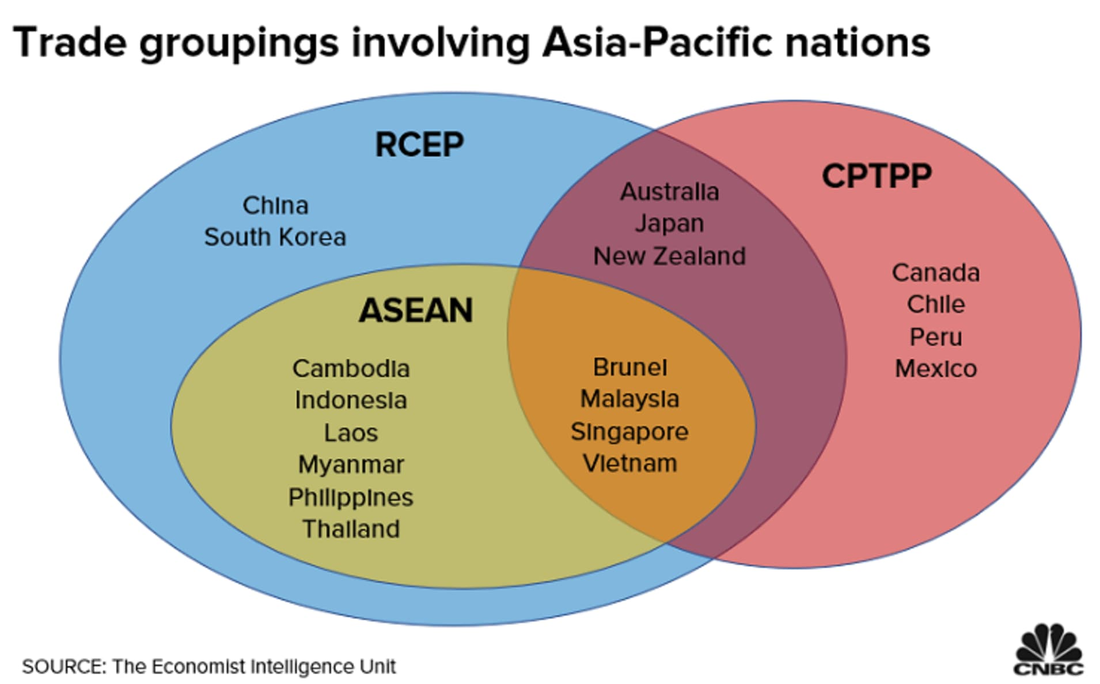Some CE Companies Suspend Operations in Russia, Some Don’t
While the Russian smartphone market is relatively small at ~31m units, with Samsung (#1 share) and Apple (#3 share) out of the way, Xiaomi could move into 1st place if they remain. That said, is it worth the risk of being sanctioned by the US given they use parts made in the US or by US equipment. Probably not but most Chinese companies do not seem to be rushing to make such decisions quickly and those that are already on US trade restrictions lists, such as Huawei (pvt), ZTE (000063.CH), and SMIC (688981.CH), will likely keep their Russian relationships intact.
The list of US and foreign CE companies that have suspended Russian operations continues to grow but there are many that are slow to take action and seem more concerned as to how any operational changes in Russia would affect their bottom line. Japanese glass supplier Asahi (5201.JP) made the following statement: “AGC Inc. hereby expresses that we are deeply concerned about the situation in Ukraine and hope for peace to be restored as quickly as possible. The impact of the situation on AGC Group and status of its business operations in Europe and Russia are as follows. We will continue to monitor the situation closely and take appropriate actions.” This all seems to be a ‘if things start to affect our business, we will let you know”, rather than a condemnation of Russia’s overt acts, surprising from a company whose glass appears in many CE devices shipped to the US, risking social backlash or violations of US trade policy. That said, there are still many US and foreign CE companies that have yet to make a statement as to their stance on Russian relations, but the continuation of hostilities over the weekend will likely push many CE companies to limit, suspend, or end their relationships in Russia.






 RSS Feed
RSS Feed